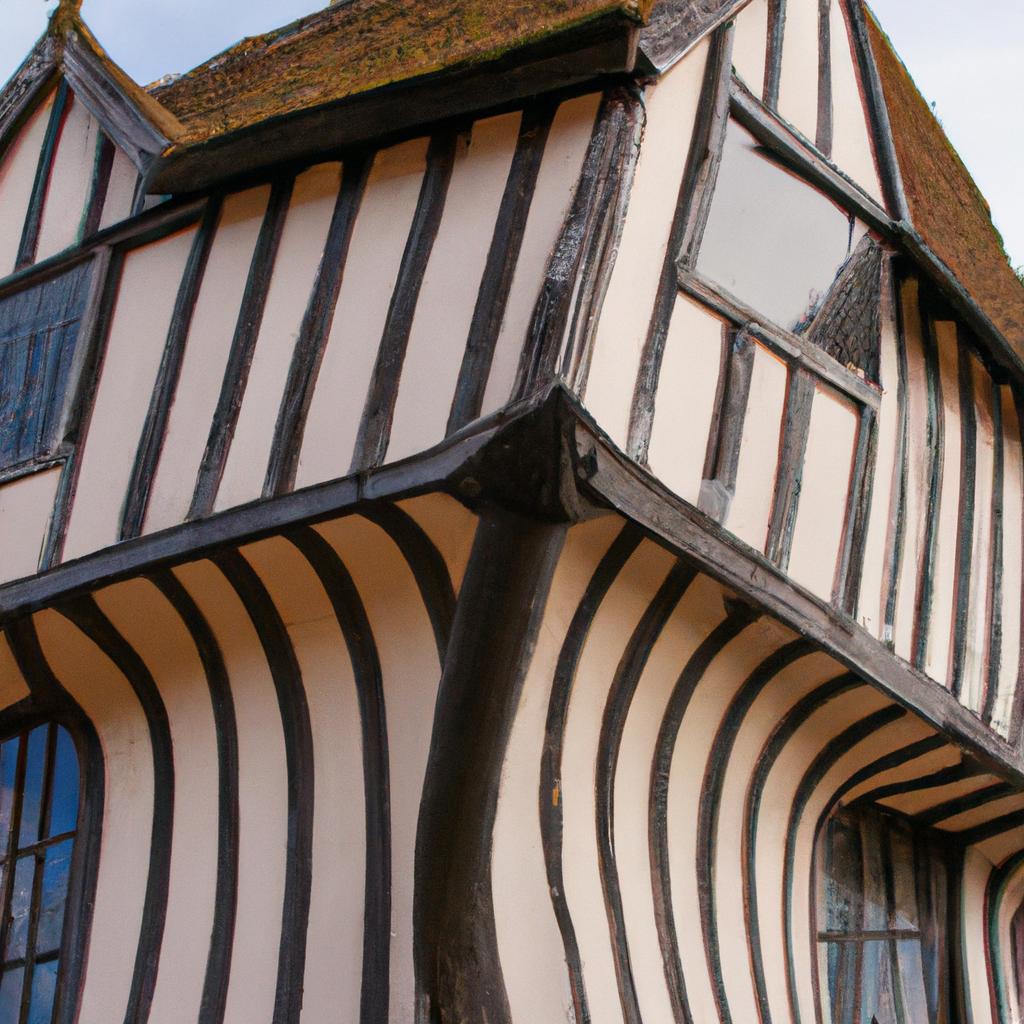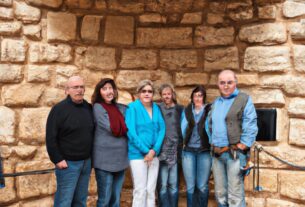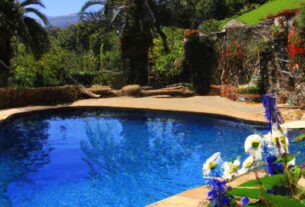Lavenham Crooked House, also known as the “Crooked House” or the “Wonky House,” is a distinctive timber-framed building located in the picturesque village of Lavenham in Suffolk, England. Its crooked design sets it apart, making it a unique and popular tourist attraction that draws visitors from all over the world.
Architecture and Design
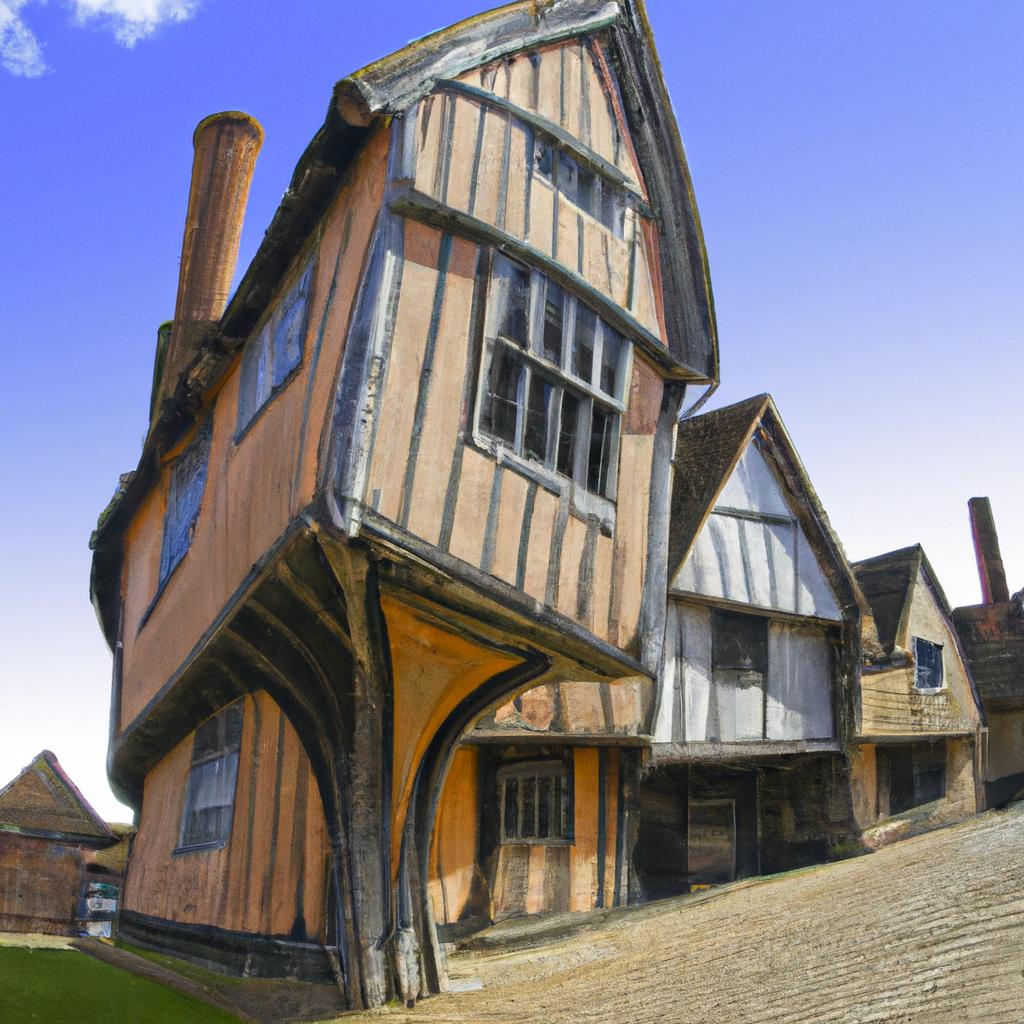
Lavenham Crooked House showcases the half-timbered architectural style that was prevalent in England during the Middle Ages. Its crooked appearance is a result of the uneven settlement of the ground beneath it, causing the wooden frame to warp and twist over time. The upper floors of the house jut out over the street, creating a distinct and captivating visual.
The exterior of the house is adorned with individual panels, each displaying a unique pattern of timber framing. The timber features a range of colors, from dark brown to light beige, adding to the charm and whimsy of the house. The red clay tiled roof provides a striking contrast to the wooden frame.
Despite its unconventional design, the house has stood for over 500 years, a testament to the skill of its builders and the durability of the construction materials.
History
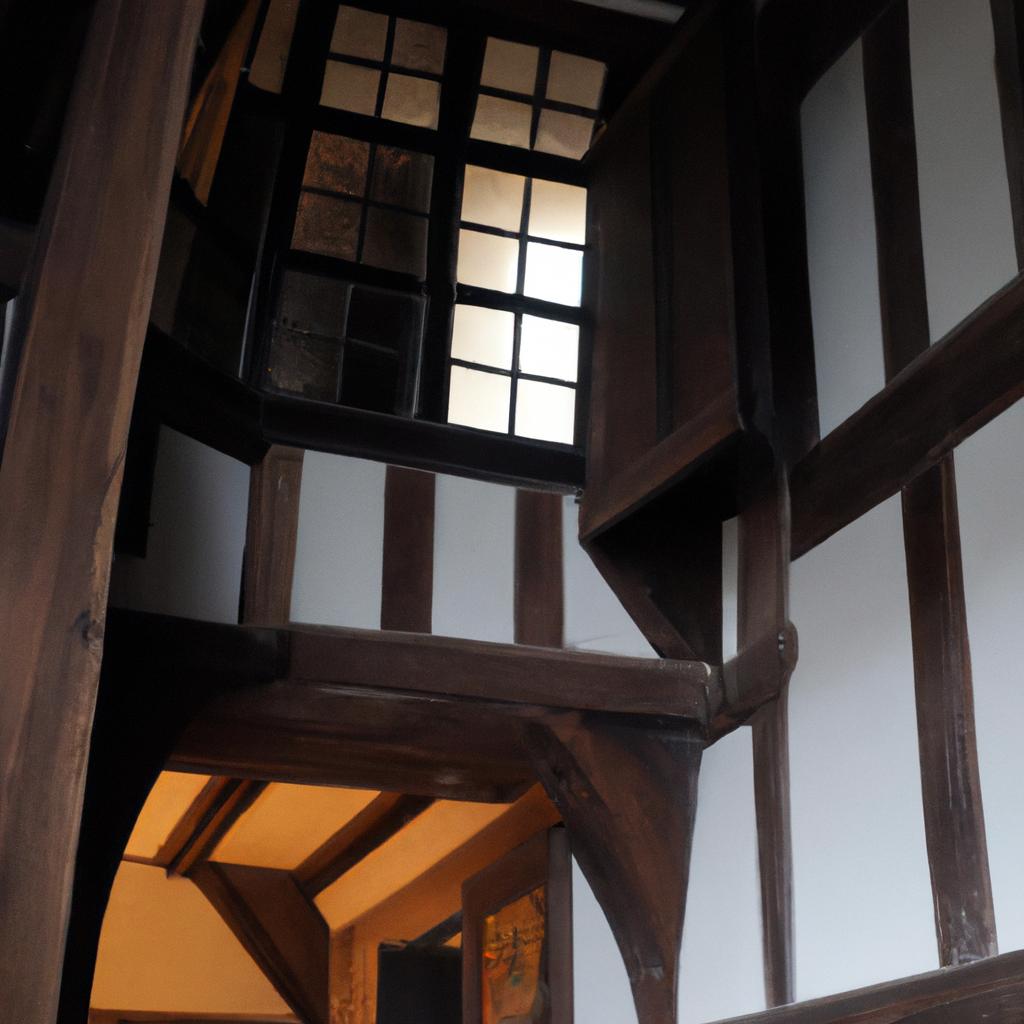
The origins of Lavenham Crooked House are shrouded in mystery, with no definitive records of its construction or the identity of its builders. However, it is believed to date back to the late 14th or early 15th century, making it one of the oldest buildings in Lavenham. Over the centuries, the house has served various purposes, including being a shop, a tea room, and a museum.
In the 20th century, the house fell into disrepair and faced the threat of demolition. However, in the 1960s, a local businessman recognized its potential as a tourist attraction and took it upon himself to restore the house to its former glory. Today, Lavenham Crooked House is owned by the National Trust and is open to the public for tours. It stands as a cherished local landmark, preserving the essence of traditional English architecture.
Ownership and Restoration
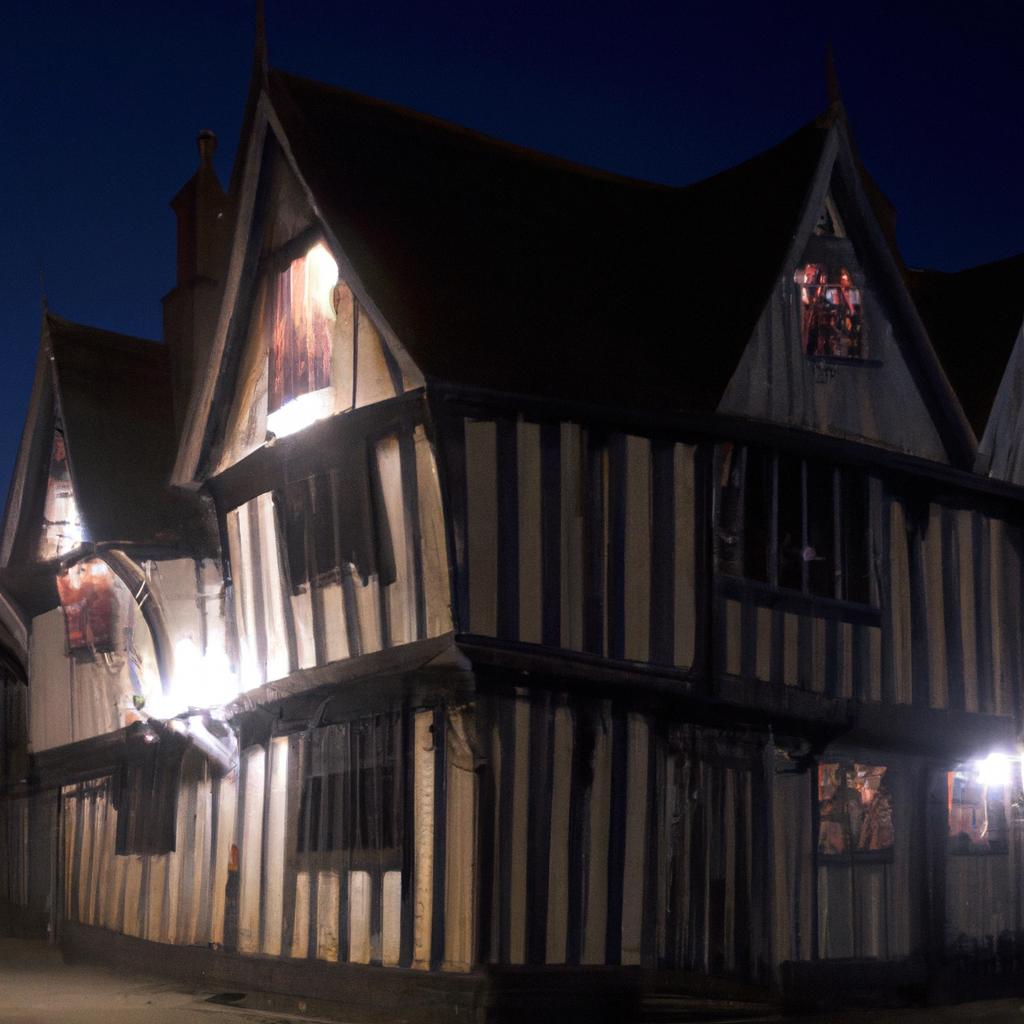
Lavenham Crooked House has changed hands several times throughout its history. From being owned by a local grocer who used it as a shop to a tea room proprietor who added a tea garden, the house passed through different owners until it was acquired by the National Trust in the 1960s.
Under the care of the National Trust, the house has undergone multiple restoration projects, including roof repairs and the installation of new flooring. The Trust’s mission is to preserve the unique character of the house while ensuring its safety and accessibility for visitors.
Today, Lavenham Crooked House stands as a testament to the craftsmanship of its builders and the enduring allure of traditional English architecture. It holds great value as part of the village’s heritage, captivating both locals and tourists.
Tourist Attraction
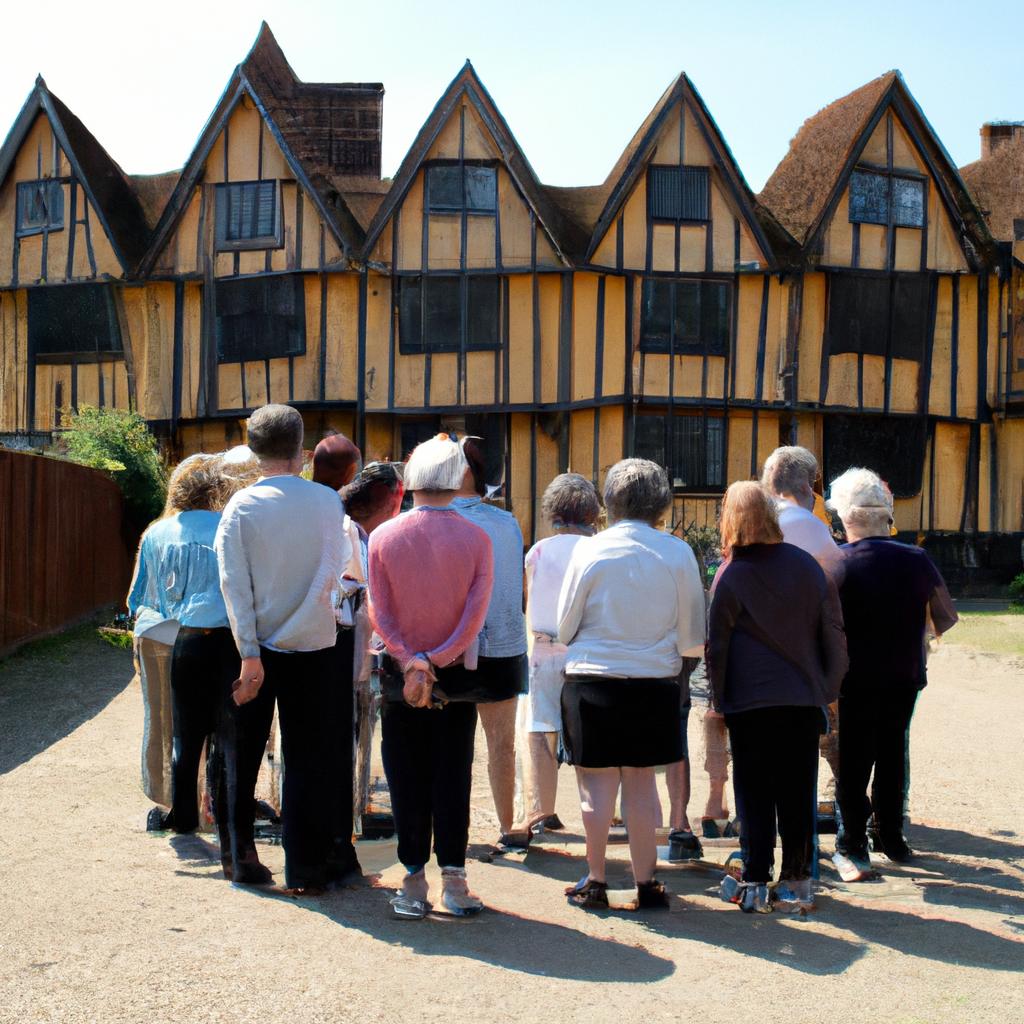
Lavenham Crooked House has become one of Suffolk’s most sought-after tourist attractions, attracting visitors from all corners of the globe. Its eccentric design and captivating history make it a must-see for architecture enthusiasts and history buffs alike.
Visitors have the opportunity to embark on guided tours of the house, where they can explore its interior and delve into its fascinating story. Knowledgeable guides lead these tours, sharing insights into the house’s construction and the lives of its former occupants.
The house also hosts a variety of events throughout the year, ranging from craft fairs to music concerts and historical reenactments. These engaging experiences bring the house’s history to life and provide visitors with unforgettable memories.
Lavenham Crooked House’s popularity not only enriches the visitor experience but also has a positive impact on the local economy. Many visitors choose to stay in nearby hotels and contribute to the local shops and restaurants, enhancing the community’s prosperity.
Cultural Significance
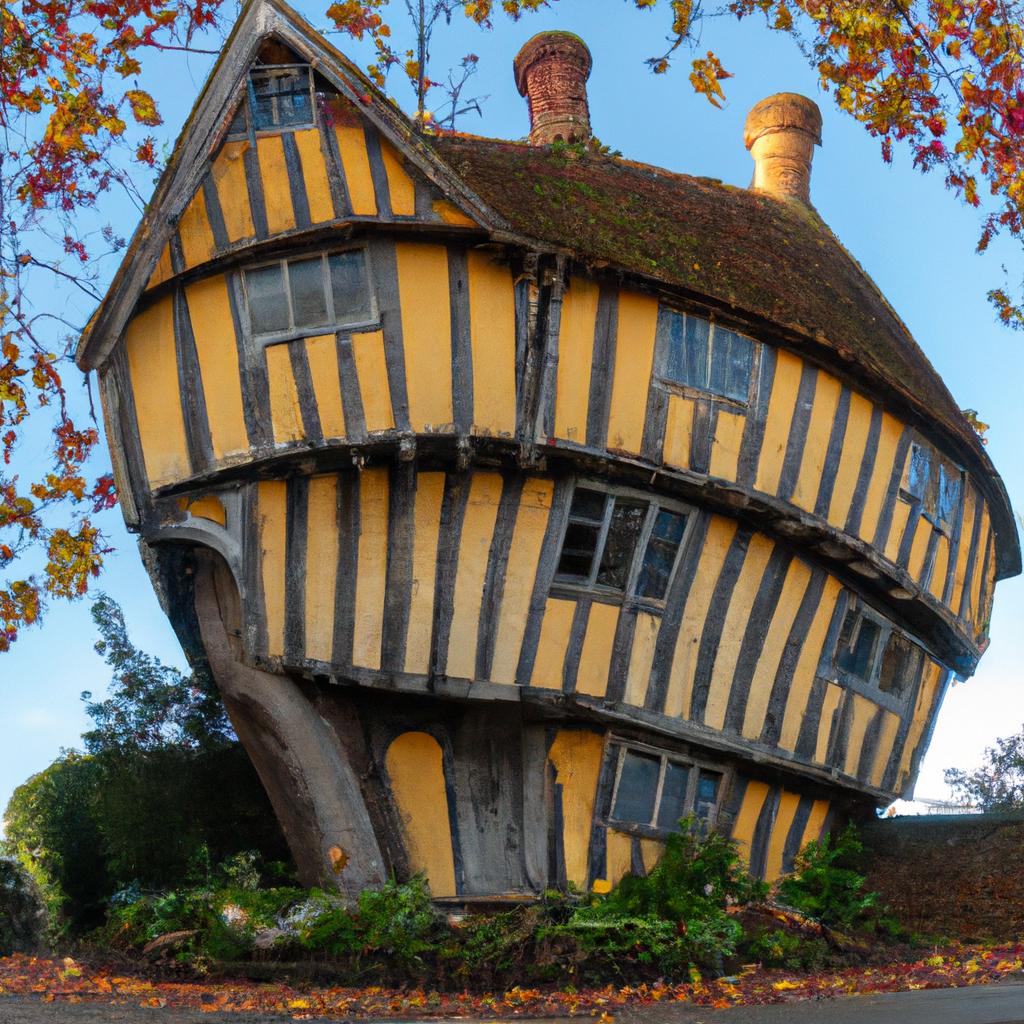
Lavenham Crooked House holds more than just tourist appeal; it is an integral part of the town’s history and culture. Together with the other timber-framed buildings in Lavenham, it stands as a reminder of the town’s prosperous past as a wool trading hub. During the 15th and 16th centuries, Lavenham ranked among England’s wealthiest towns, its merchants constructing grand houses with elaborate timber frames.
The house is also intertwined with local folklore and legends. Stories circulate of a witch who resided within its walls and used her powers to create its crooked design. Another tale suggests that a wealthy merchant commissioned the house to showcase his affluence and establish his status with the most eccentric dwelling in town.
Over the years, Lavenham Crooked House has inspired numerous works of art, including paintings, photographs, and postcards, and has even featured in films and TV shows. Its unique appearance and whimsical charm make it a beloved subject for artists and photographers.
Conclusion
Lavenham Crooked House is an absolute must-visit for anyone exploring Suffolk. Its extraordinary design and rich history make it a captivating destination for both architecture enthusiasts and history aficionados. The enduring popularity of the house speaks to its timeless allure and its significance to the town’s culture and heritage.
When visiting Lavenham, a tour of the Crooked House is highly recommended. It offers a chance to step back in time, immersing oneself in the charm and character of traditional English architecture. Exploring other historic buildings in the town, such as the Guildhall and the Little Hall Museum, provides further insights into Lavenham’s rich history and culture.
In summary, Lavenham Crooked House stands as a precious gem of English architecture, preserving the lasting appeal of traditional craftsmanship. Its crooked design, remarkable history, and cultural significance make it an indispensable attraction for those seeking to experience the beauty and charm of rural England. To learn more about TooLacks, visit TooLacks.
